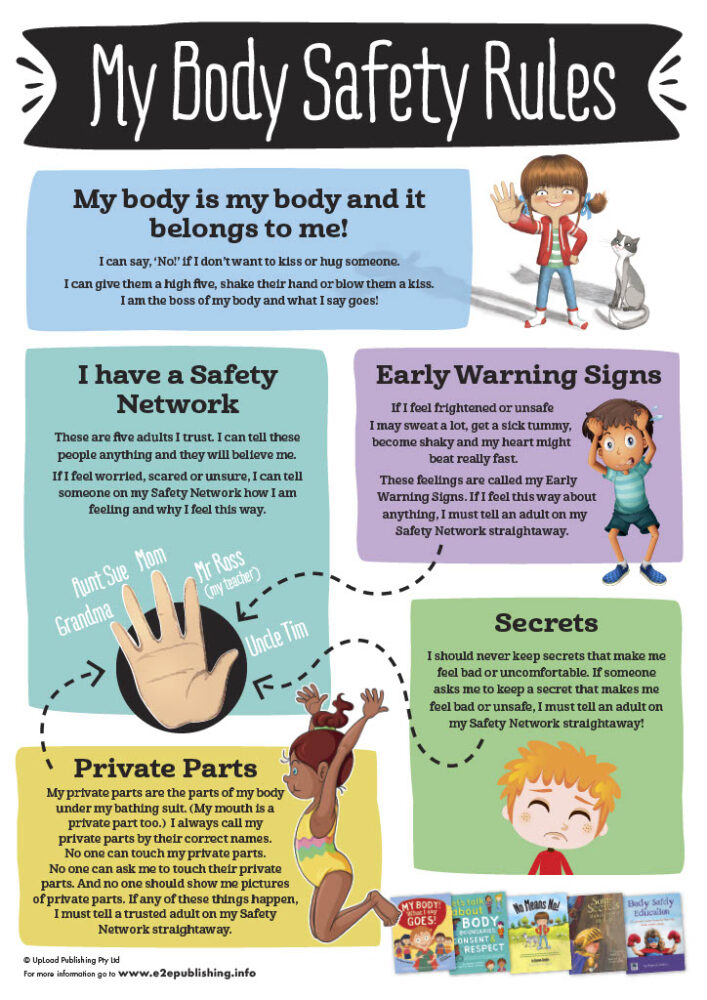Relationships and Sexuality Education
RSE Norms
Parent Information
Staying Safe
Parent Education
Human Body and Development
Gender, Values and Sexuality
Policy
Ways to help at home:
- Reinforce public and private by displaying visuals (attached below) in your home.
- Compliment your discussion by using the signs of ‘private’ and ‘public’.
- Refer to the language of public and private frequently. Pose appropriately pitched questions at your child’s level by providing relevant examples e.g. playing with iPad, bathing, eating breakfast with family/alone, followed by a simple question: Is it public or private? Talk to your child’s teacher if you would like more advice on this. For AAC users, provide choice for yes/no responses or open-ended questions. Tell me a place that is public? Tell me a place that is private?
- In supporting learning covered so far, your child’s bedroom is considered private. (for students sharing bedrooms, this means when your son/daughter is alone in the bedroom)
- When doors are closed your family bathroom is private.
- All shared living spaces are public.
- Knock on the door before entering your child’s bedroom/bathroom and verbalise your presence to indicate that you are entering their private space.
- Close bathroom doors when in use to represent and respect the users privacy. If you can support this at home it will help with generalisation of learning to new environments.
- Provide opportunities for independence and privacy when showering and changing where appropriate.
Discuss these concepts with your child using the consistent language of these key terms.
Signs to support:

|

|
| Right-click on an image and choose “Save image as…” to download it to print and use at home | |

